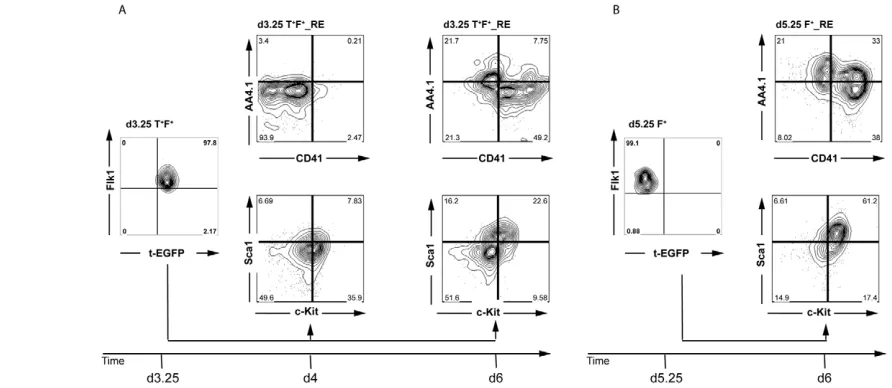Temporal specification of blood progenitors from mouse embryonic stem cells and induced pluripotent stem cells
Full text
Figure




Related documents
Also, a recent study observed a high rate of comorbidity of somatization, depression, anxiety, and stress in the studied population and indicated a strong association between these
As we have just seen, the concrete goal of their policy is to deny arbitrarily multilateral backing to policies that favor the immediate interests of broad, diffuse
In terms of quantity, the dry extraction principle has produced many more CO 2 data because this technique has been applied for many years and because it requires less time for
In mid and late implementation, exploration of ‘ input ’ will consider (1) reach, as evidenced by obser- vations of who is discussed in huddles and patients and parents ’ awareness
However, when the rotor speed is higher than the synchronous speed, the phase sequence of the rotor currents is different from that of the stator currents, and the
SPSS (Statistical Package for Social Sciences) currently known as IBM Statistics is acquired for data analysis. Initially, collected data is entered into Microsoft
Using quality-by-design (QbD) approaches, we generated hexameric-Fc (hexa-Fc), a ,20 nm oligomeric Fc-based scaffold that we here show binds low-affinity inhibitory receptors (FcRL5,
Logistic regression demonstrated that age >40 years old is the most important risk factors for hearing loss among the workers followed by duration of noise exposure


